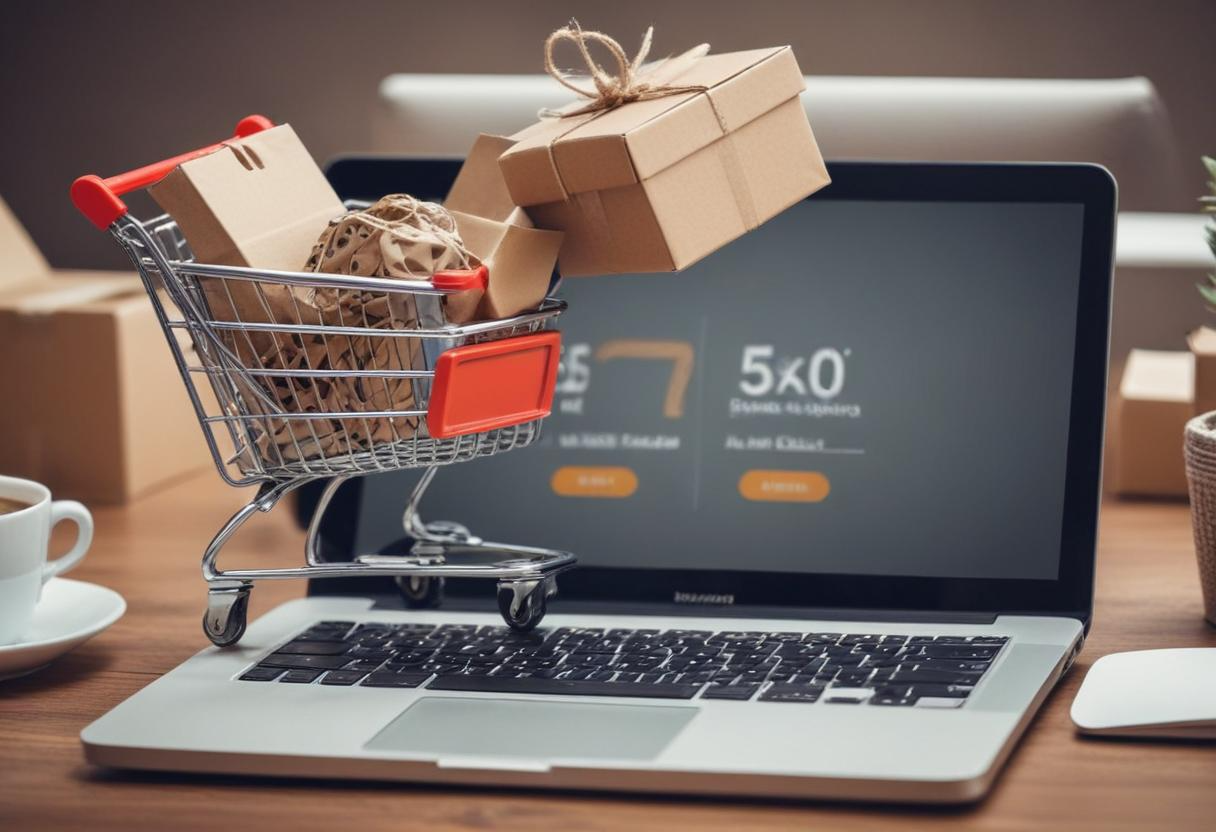Essential Features Every E-commerce Website Should Have
So, you’ve decided to build an e-commerce website. Or maybe you’re revamping an old one that’s starting to feel...well, a bit dusty. Either way, the stakes are high. Online shoppers are picky (aren’t we all?), and the difference between a smooth checkout and a clunky one can be the difference between a sale and an abandoned cart.
Over the years, I’ve noticed something: people don’t just buy products—they buy experiences. If your website feels like a chore to use, they’ll bail. If it feels intuitive and inviting, you’re already halfway to the “thank you for your order” screen. So, what features should your e-commerce site absolutely have? Let’s get into it.
1. Mobile Responsiveness—No, Seriously
This isn’t optional. More than half of all e-commerce traffic comes from mobile devices. If your site still pinches and zooms like it’s 2012, you're losing customers—probably daily.
A responsive site adjusts to different screen sizes, sure, but it should feel native too. Buttons need to be thumb-friendly, menus should collapse cleanly, and forms...oh man, forms should be mercifully short. Ever tried typing your billing address on a tiny screen with auto-correct working against you? Exactly.
2. Fast Load Times
You know that feeling when a website takes more than three seconds to load? That’s the sound of a potential buyer clicking the back button. Page speed directly affects conversion rates—and not just a little bit. If your site drags, people assume your service will too.
A few tips? Compress your images, ditch unnecessary plugins, and use a content delivery network (CDN) if you can. Speed matters more than you think.
3. Clear Navigation and Search
People should be able to find what they’re looking for without having to “figure it out.” Your categories should make sense. Filters should actually filter (you’d be surprised how many don’t). And please—for the love of all things digital—invest in a decent search function.
Search is underrated. When someone uses it, they want to buy. Don’t make them fight the system.
4. High-Quality Product Photos (and Maybe Video)
Online shoppers don’t get to touch or try your products. Your photos have to do all the convincing. That means high-resolution images, multiple angles, zoom functionality, and maybe even a 360-degree view if you're feeling fancy.
Video? Even better. A short clip showing the product in real life—like someone unboxing it or using it—can seriously boost confidence. It doesn’t have to be a Spielberg production either. Just make it honest.
5. Detailed Product Descriptions
This one’s tricky. You want to give enough info to answer the buyer’s questions, but not so much that it feels like homework. Keep it conversational, cover the basics (size, materials, features), and try to anticipate what people might wonder. Like, “Will this fit a MacBook?” or “Is it machine-washable?”
And hey, don’t stuff it with keywords. Google might not care, but your human readers will.
6. Customer Reviews (Yes, Even the Bad Ones)
Social proof is powerful. Most people don’t trust product descriptions alone—they want to hear from other customers. And oddly enough, a few negative reviews can actually increase trust. It makes everything feel more real.
Encourage reviews post-purchase. Make it easy to leave feedback. And if someone leaves a bad one? Respond with grace. Potential buyers are watching how you handle criticism.
7. Simple, Secure Checkout
Ah, the final hurdle. Your checkout process should be quick, clean, and free of friction. Offer guest checkout. Keep form fields to a minimum. And show a progress bar if it’s more than one step—nobody likes flying blind.
Also, don’t forget trust signals: SSL certificates, recognizable payment logos (PayPal, Stripe, Visa, etc.), and maybe even a few “100% secure” badges. People need to feel safe before they type in their card number.
8. Flexible Payment Options
Different folks like to pay in different ways. Some swear by Apple Pay, others love a good old-fashioned credit card. Then there are Buy Now, Pay Later services like Klarna or Afterpay—especially big with younger shoppers.
Offering more payment choices makes conversion more likely. Don’t overthink it—just meet people where they are.
9. Easy Returns and Clear Policies
Nobody wants to return things, but knowing they can makes people more likely to buy. Make your return policy easy to find, easy to understand, and—if possible—easy to act on.
You don’t have to offer free returns, but be upfront. Vague or hidden policies kill trust faster than a 404 error.
10. Live Chat or Real-Time Support
Sometimes customers just have a quick question—like “Do you ship to Alaska?” or “Is this true to size?” A chatbot or live chat can answer that in seconds and save a sale. Even better if there's a real human on the other end (though bots are getting pretty convincing these days).
And while we’re on the topic, a decent FAQ page can go a long way, too.
Final Thoughts
To be honest, building a great e-commerce site isn’t just about design or SEO or clever copy—it’s about trust. Every feature should remove a little doubt, answer a question, or make the process smoother.
You don’t need to be Amazon. But you do need to be thoughtful. What would you want as a customer? Start there, and you’re already ahead of half the internet.
If you are thinking of launching your own e-commerce store? Let’s chat about how to make it work for your brand.




.jpg)
.png)




















0 Comments:
Leave a Reply